-
Posts
389 -
Joined
-
Last visited
Content Type
Profiles
Forums
Gallery
Events
Posts posted by Drazen
-
-
-
-
-
-
-
-
-
-
-
- DORIS, mtaylor, aviaamator and 9 others
-
 12
12
-
-
-
-
-
Jan,
I was discussing this topic with Ab some time ago. From my understanding, the rules are anyhow for Dutch not that strict, but more – the practicality is important… and not to do “stupid” things.
What I did, was to set the keel planks first. The most difficult is the garboard strake as it is twisted twice - also on the stem. I was trying to give them all a natural and less possible bent first. I did this all with a plastic plank since one can feel the tension and how far you can stress the material.
Then, after 4 to 6 planks, I moved to the planks below the 1st lower whale ad did few planks there. Seems this is the way as described in several literatures if I am not wrong.
Then, I did the steeling planks/drop planks as it fitted best. Funny, I did not need to add any plank on the stern – it just went well and not to wide. Exception: the garboard strake and the next one are wide at the end, but the replica has it too – part on the stern just over 70cm!
If you look at the wreck, it is a beautiful example how we can do exact job, but in the past, things have been made as it would be easy. Even the one dropped plank on your photo is made in “english way” – stealing from both neighbored planks – at least Mondfeld shows it in his book as a rule.
Attached: the low stern section of planking.
Drazen
-
Jan,
I am not sure if I understand what you mean.
I was going through Vasa, Ab Hoving’s books, Herbert’s plastic model, Hohenzollern model (Winter), Monfeld’s book, but I did not check the William Rex since do not have any good info there. Do you have any example, that you can post?
The only doubt I had was if to “drop” the neighbored planks as some literature shows, but I got nice lines by dropping every second plank.
What do you mean under “giving room for the others to get to the stern”?
Here a photo of a dropped neighboured planks.
Drazen
-
-
-
-
- mtaylor, mikegerber, Wishmaster and 15 others
-
 18
18
-
Well, this is pure mathematics - the “theory of similarity”:
If you want to divide any length in identical (or not identical) parts, you can draw this wished division on a wished line, which is not in the same scale as you need.
Then, you draw the connection lines to a smaller or bigger scale – so your scale is somewhere in between, or to a point on the paper (in my case, the point will give lower accuracy). From this paper (see photo), you can take (cut out) any length you need which represents the length of the outer line on the hull. What you do, is to measure the length on the hull with a piece of paper and transfer this length onto this diagram – so, that you search that the measured length fits to the number of the lines of planks you want to have. In my case, I have calculated that I need 20 plank widths. So, I see where the length fits to the length from 0 to 20. Then, I cut there with a knife and use it as a template to mark the 20 times the same high of the planks on the hull. This I repeat for every bulkhead or wished perpendicular line.
In my case, I need same divisions for the planking - what historically may not be 100% correct, but looks better on the model and during the planking process, the width of the plank lines will be not exact anyhow.
Another procedure to divide the outer line of the hull in eg. 20 is by measuring the length again with a piece of paper and dividing it on a calculator and add them one after another onto the hull. Then, you have a problem that you are adding the eventual mistake when 20 times measuring and marking. There are some further methods as well.
Anyhow, this method seems to me the most simple to get exact division to any length you need. This template, one can print out on a printer several times. I was marking today and needed some 6 to 8 papers for all bulkheads.
Many words… and I hope it is clear…
I am also an airplane guy – really; focused on scale 1:48 from the beginning of aviation till end of WW2.
Drazen
-
- qwerty2008, druxey, Model Mariner and 8 others
-
 11
11
-
-
- KORTES, avsjerome2003, ggrieco and 8 others
-
 11
11

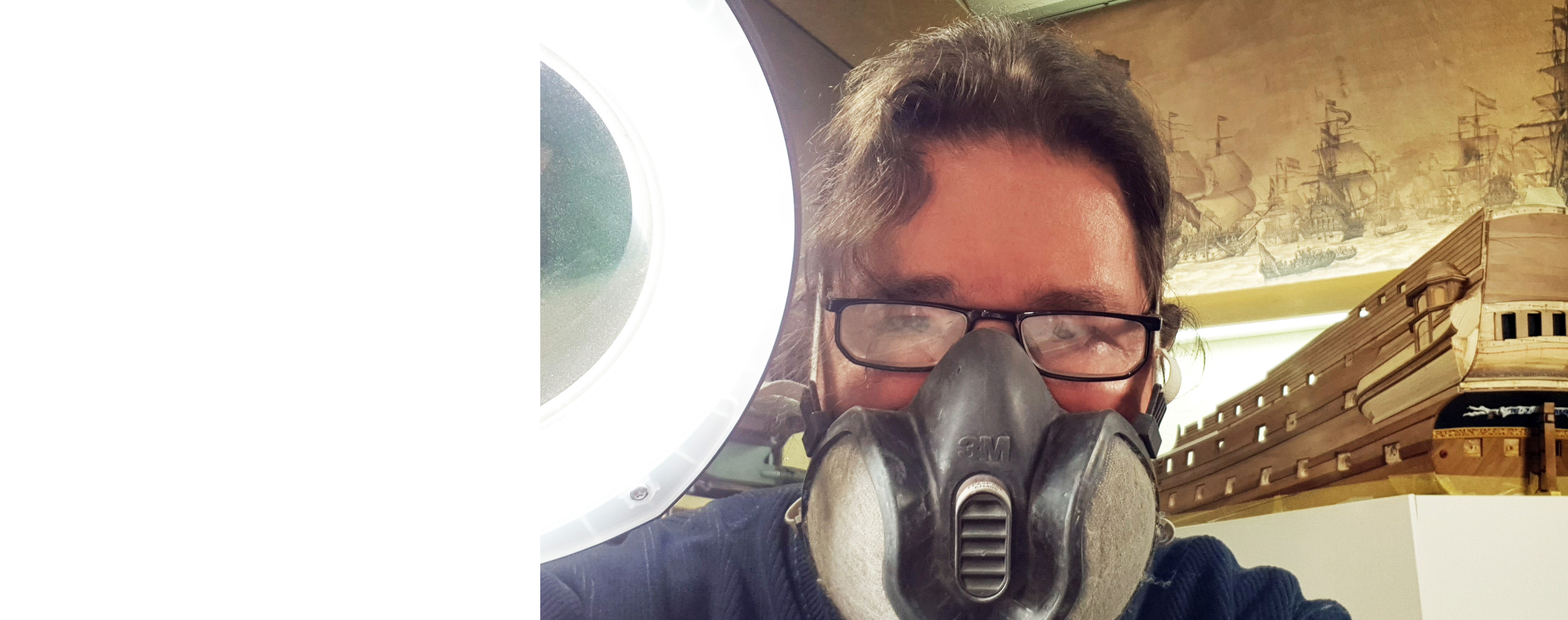

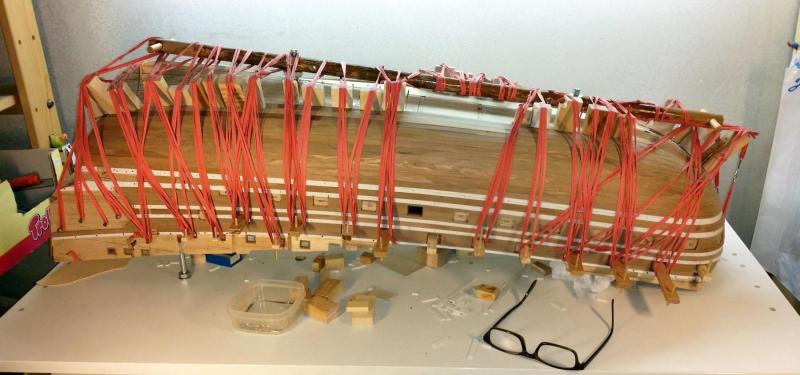
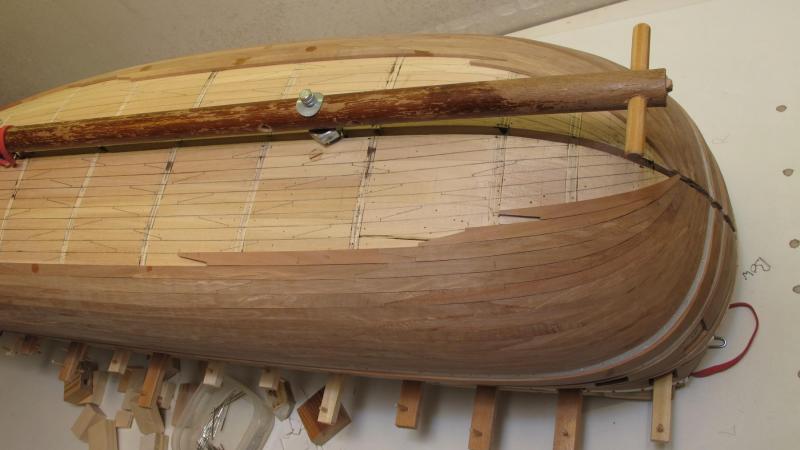
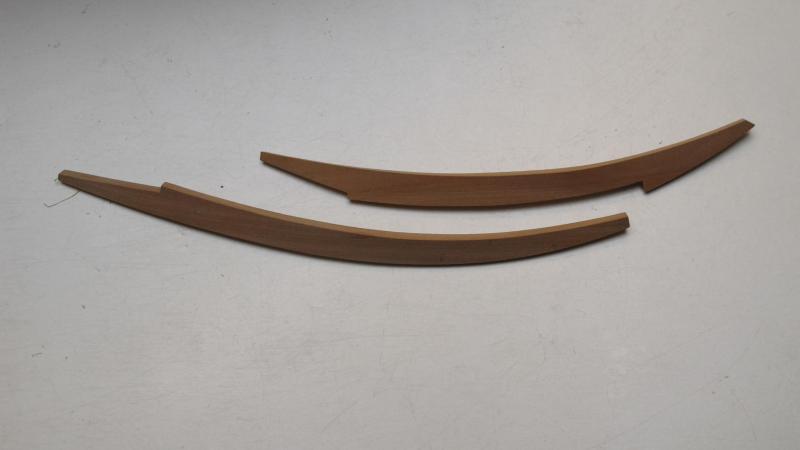
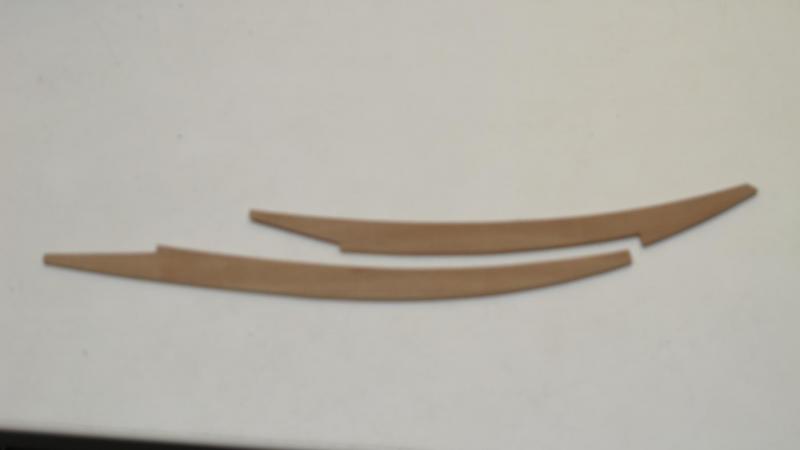
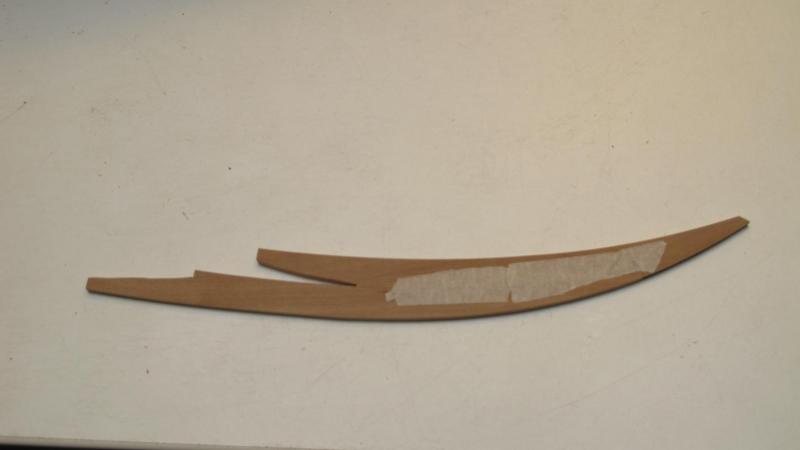
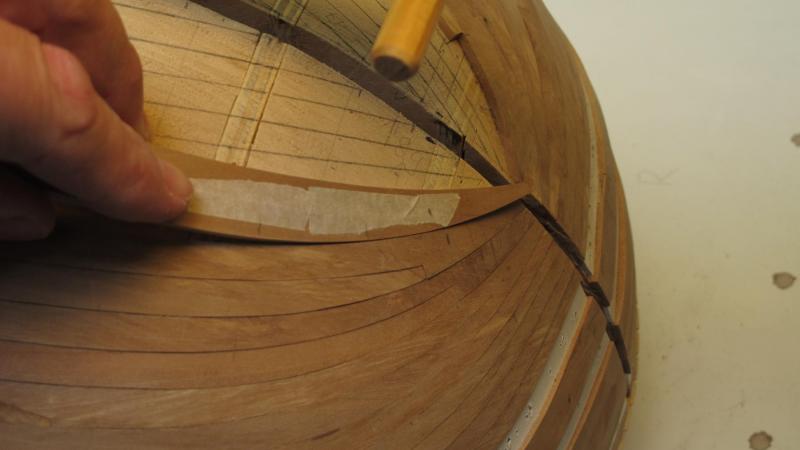
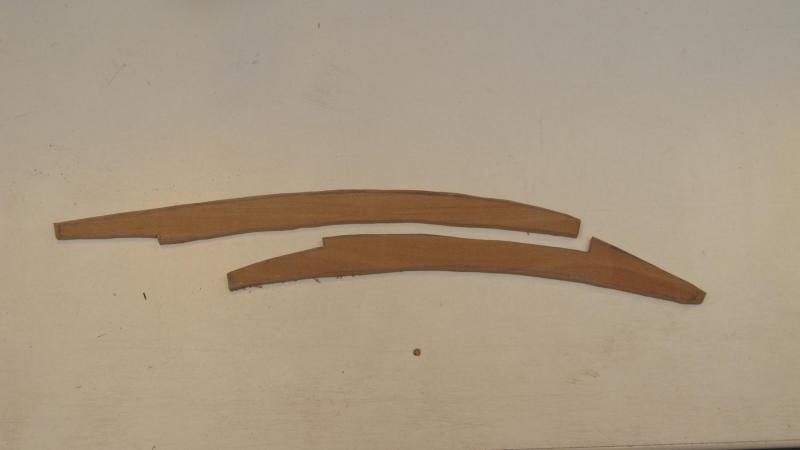
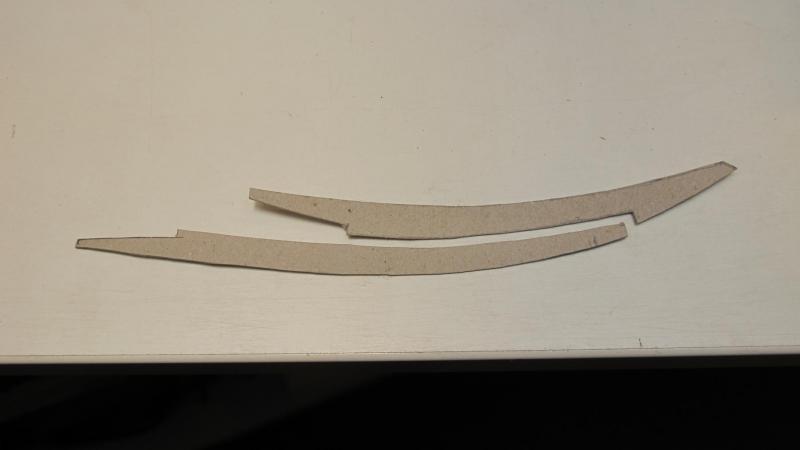
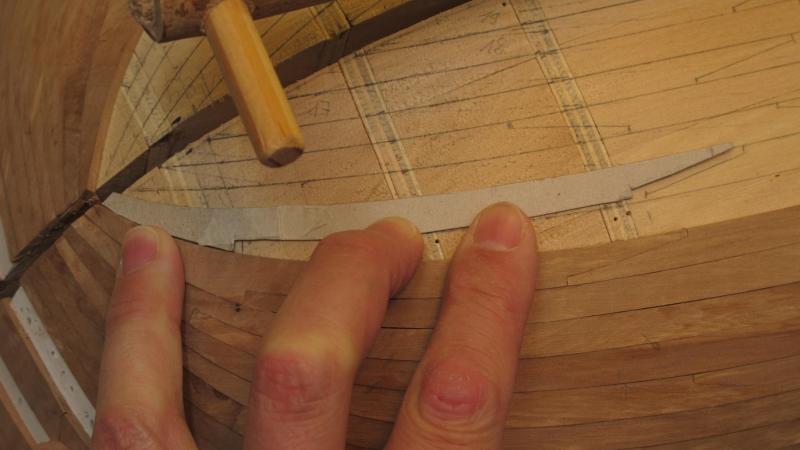
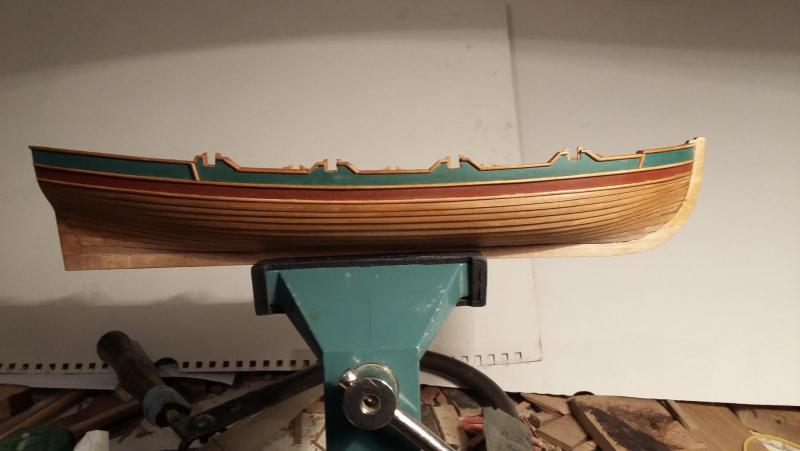
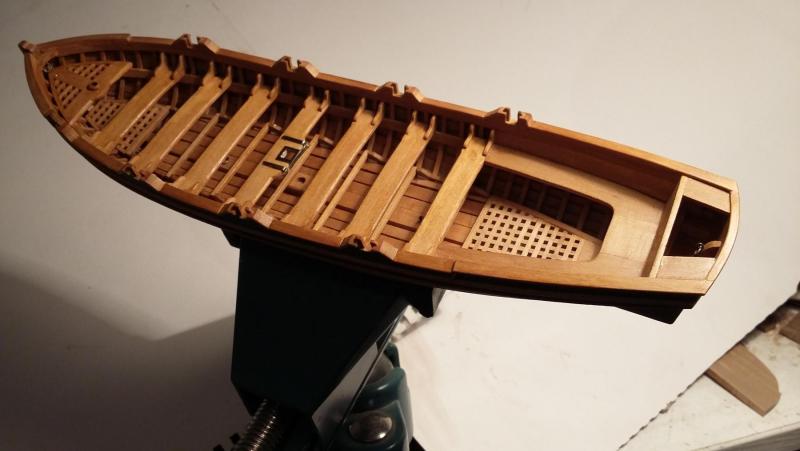
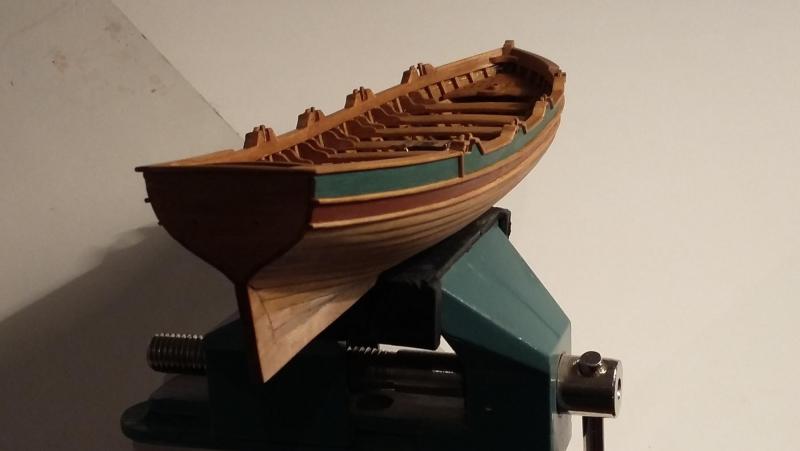
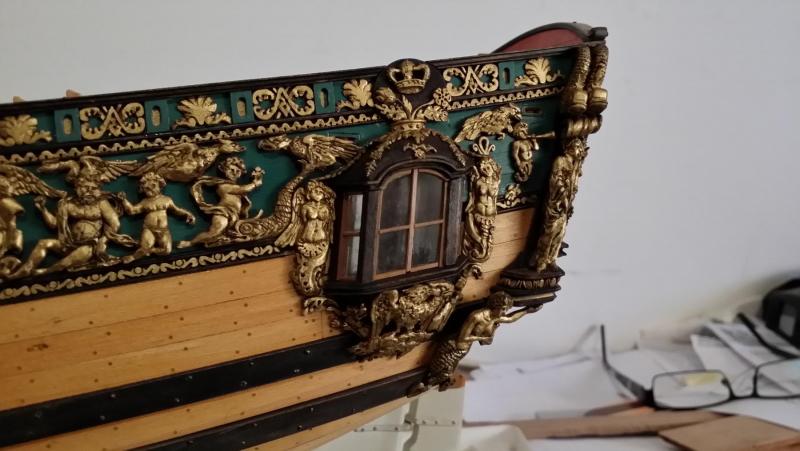
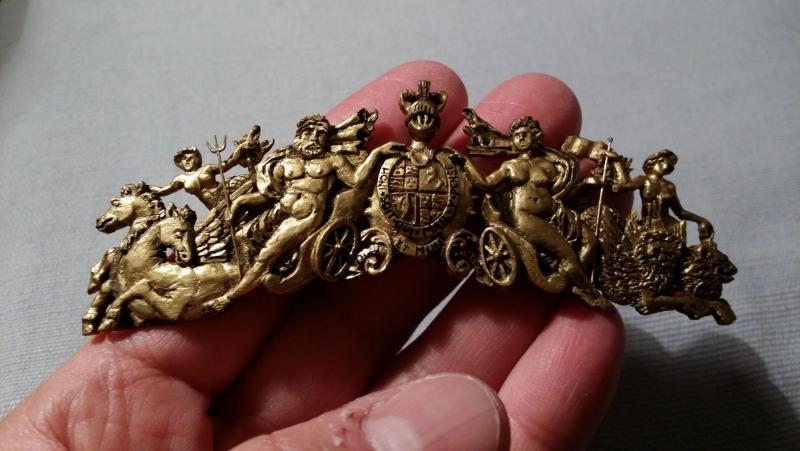
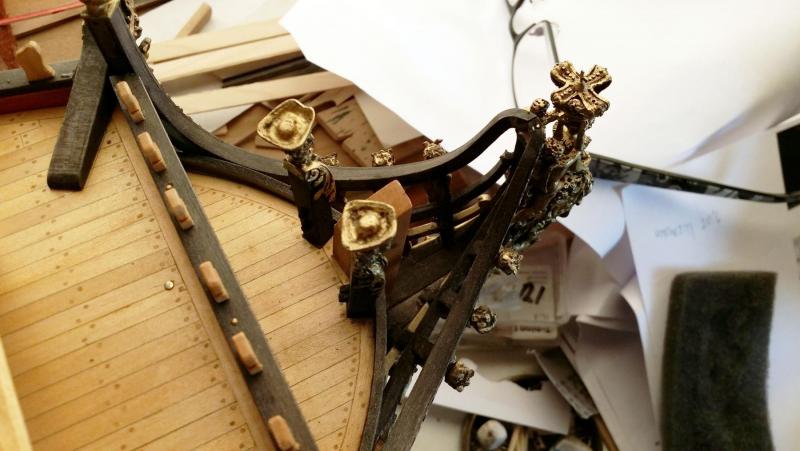
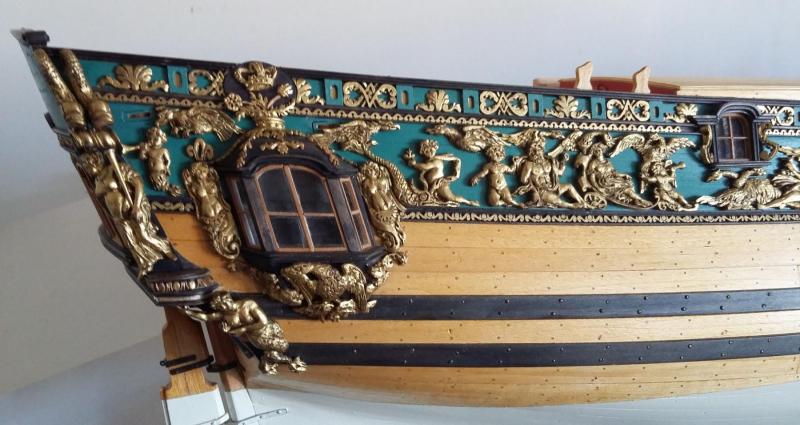
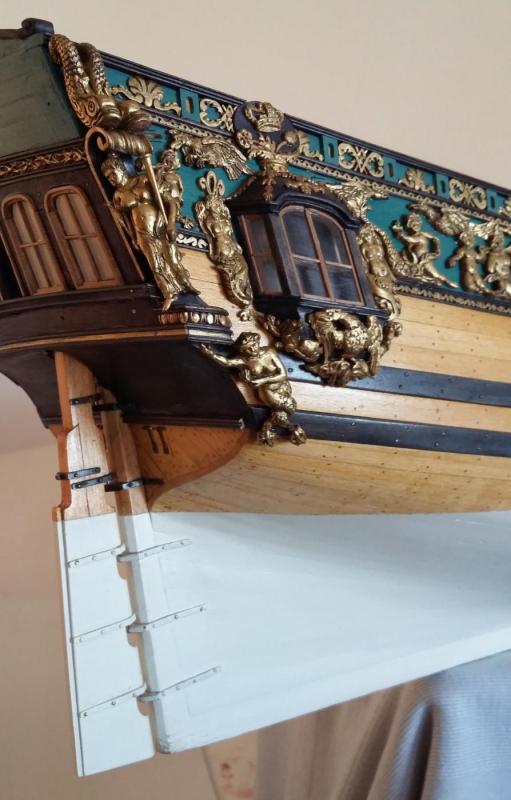
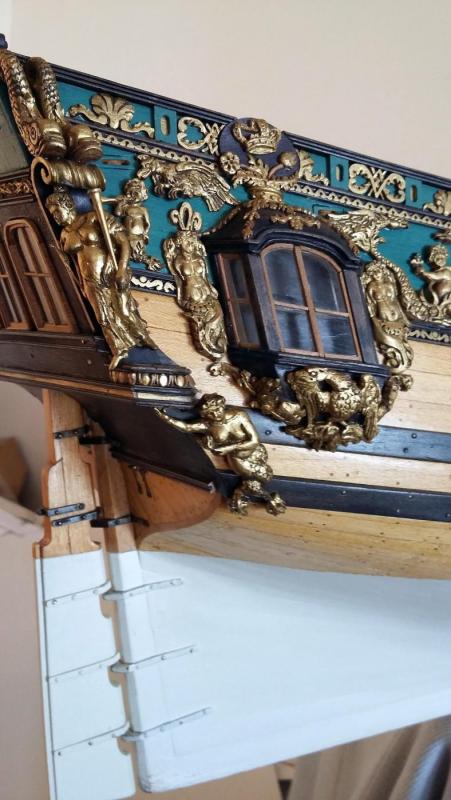
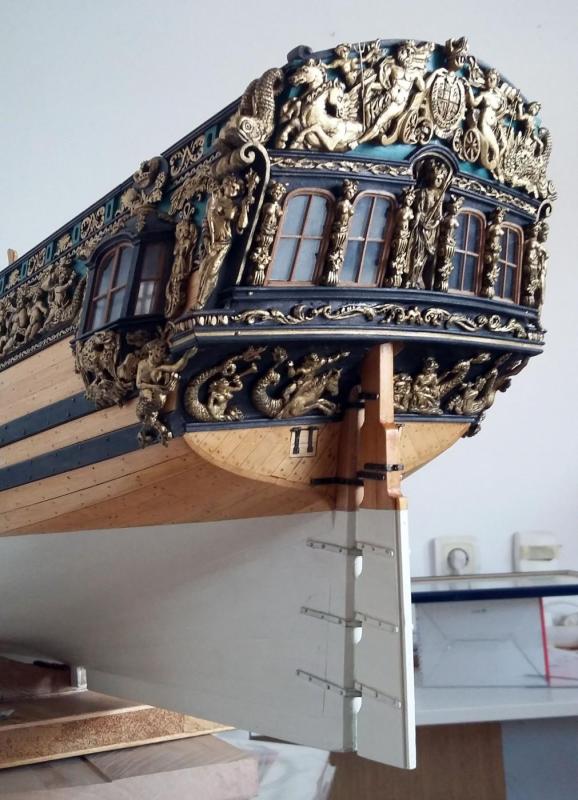
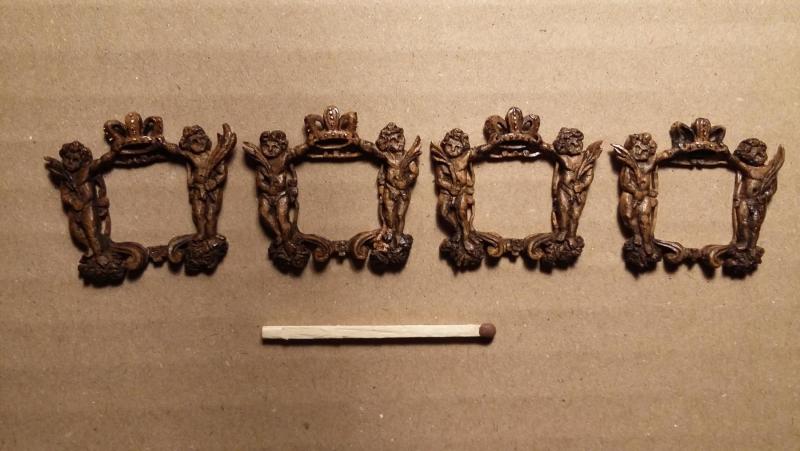
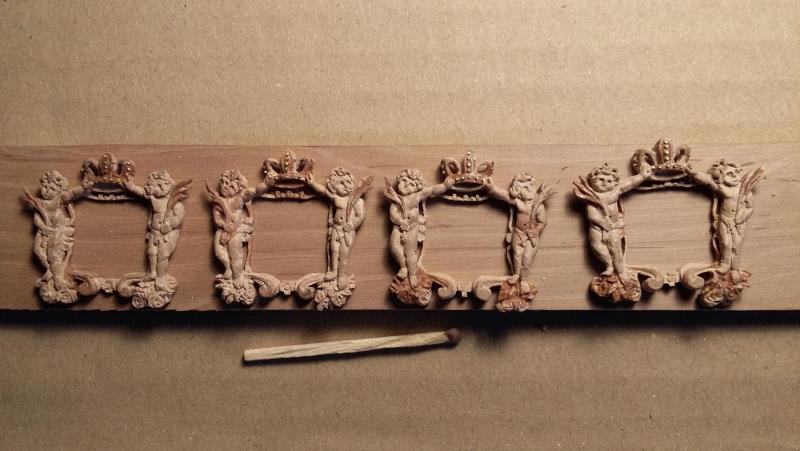
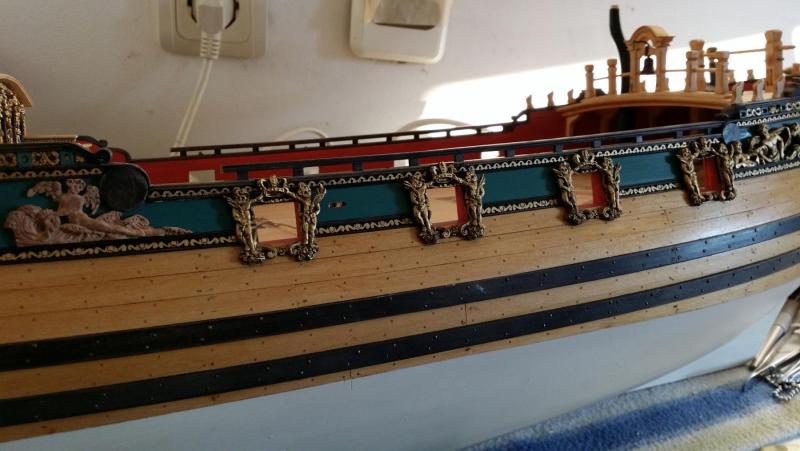
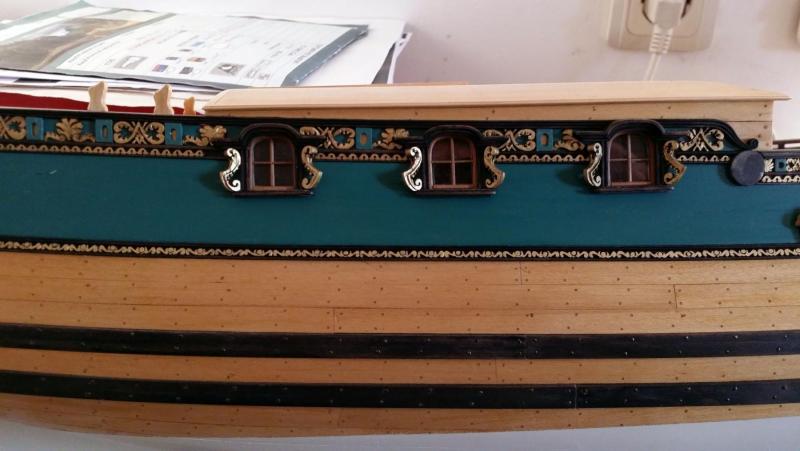

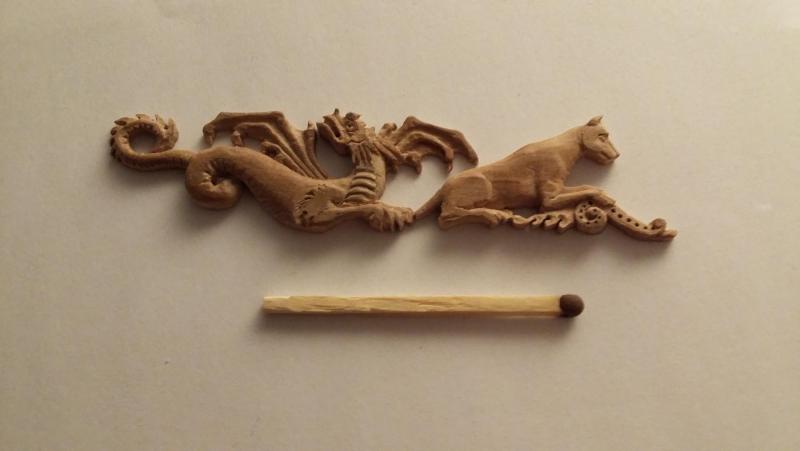
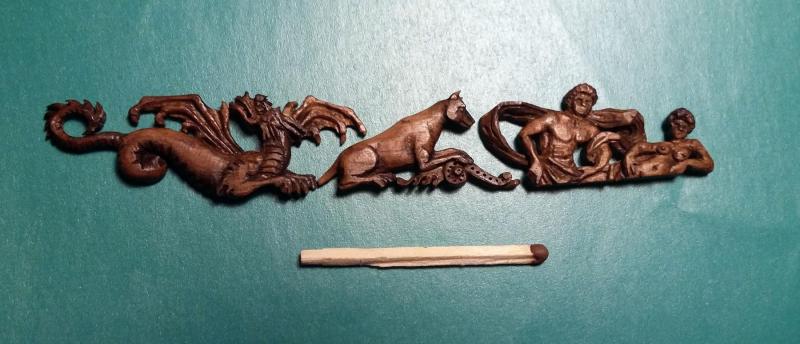
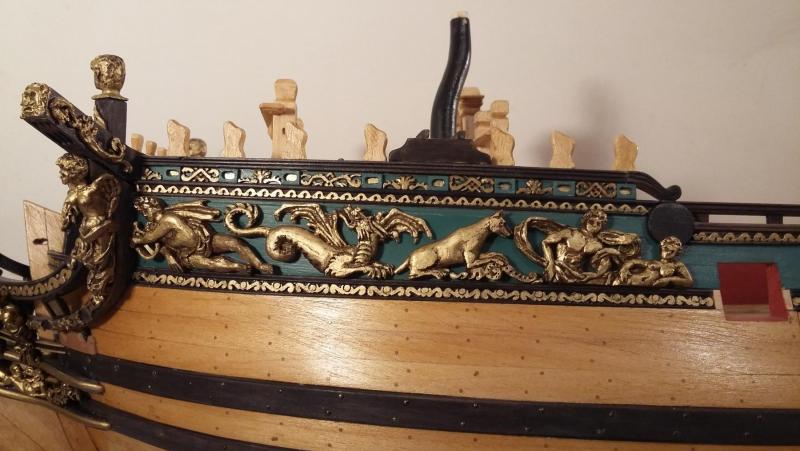
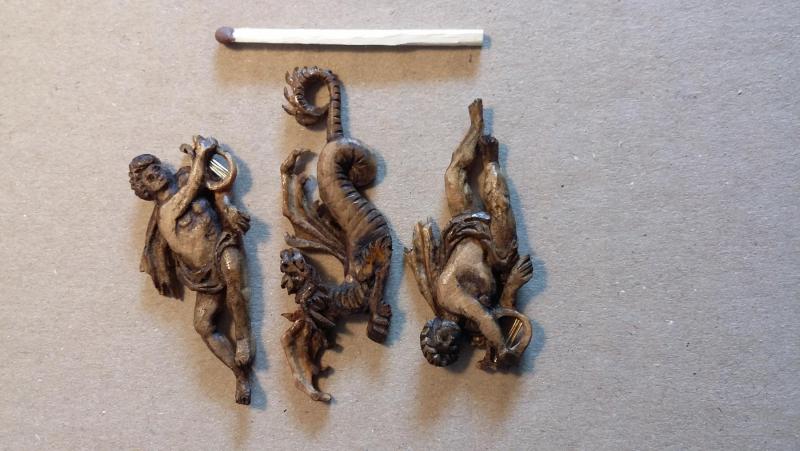
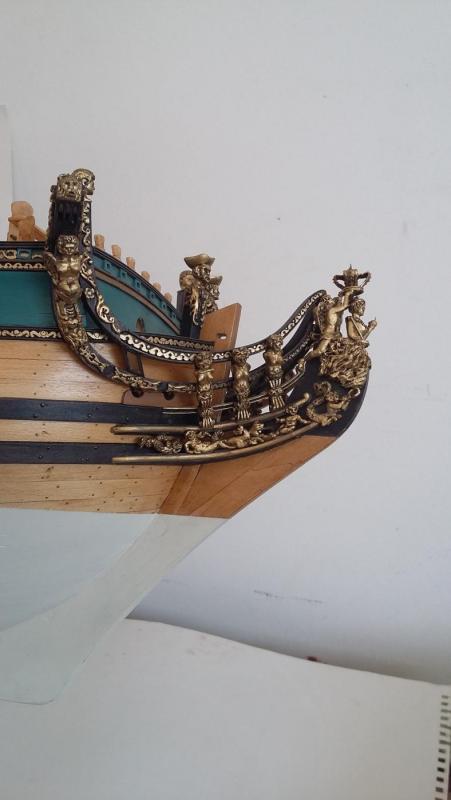
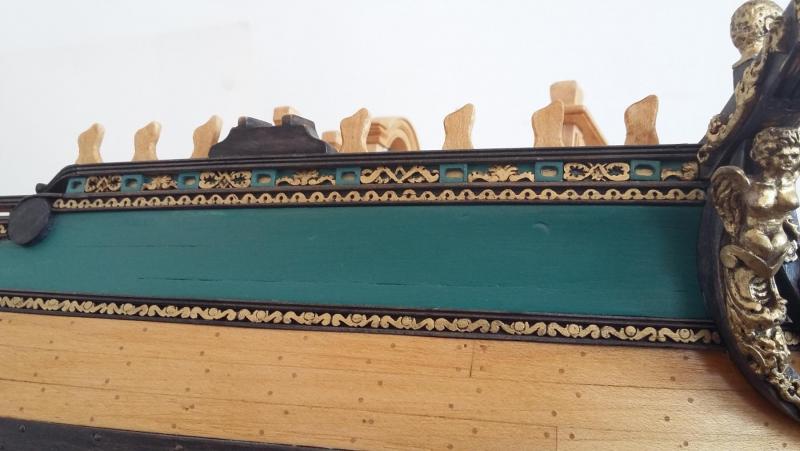
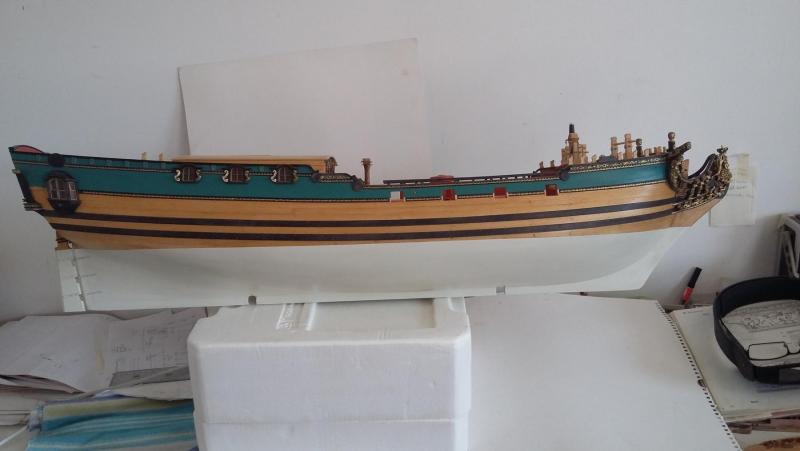
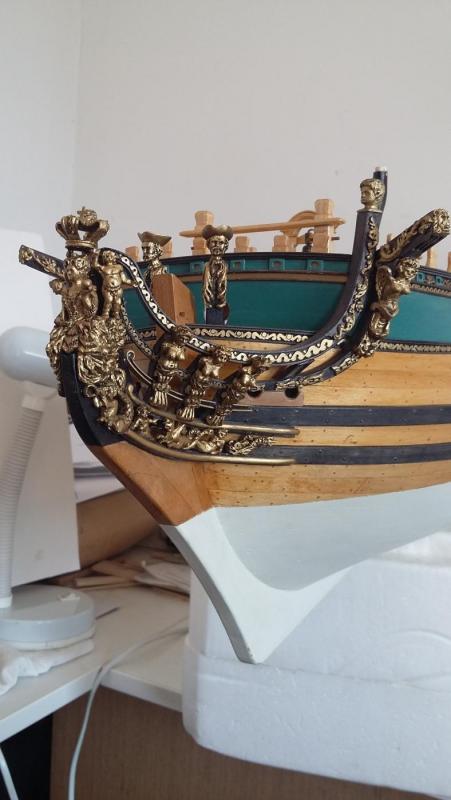
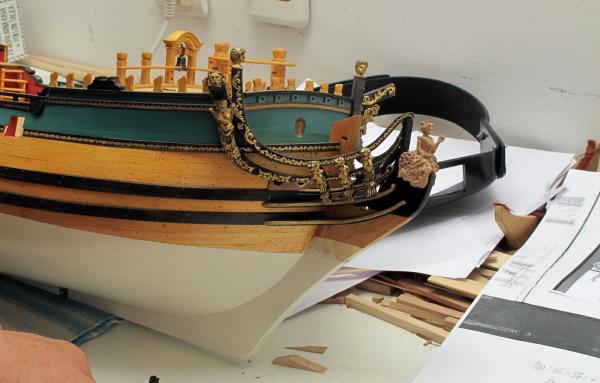
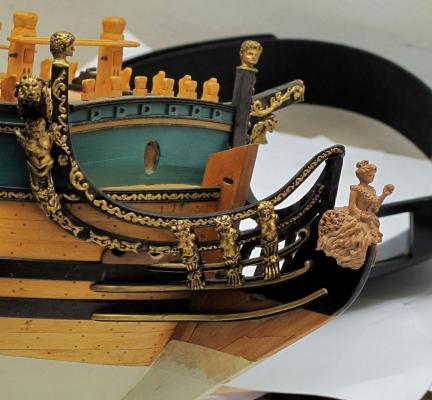
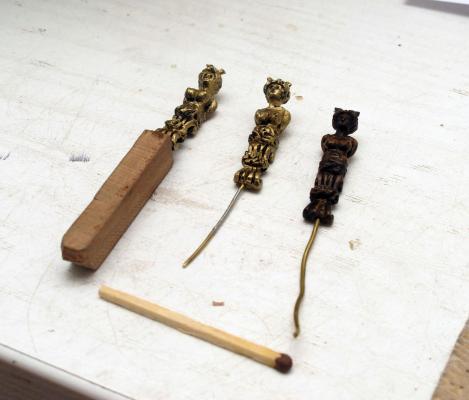
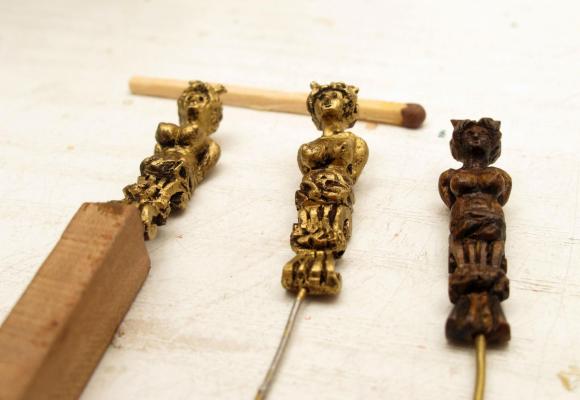

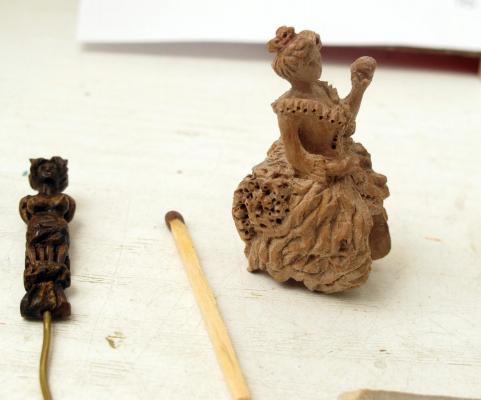
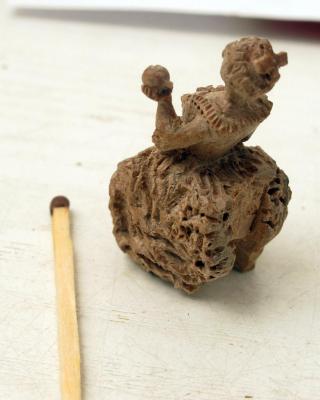
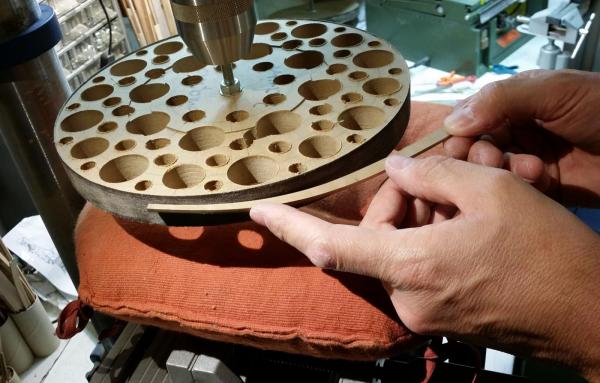
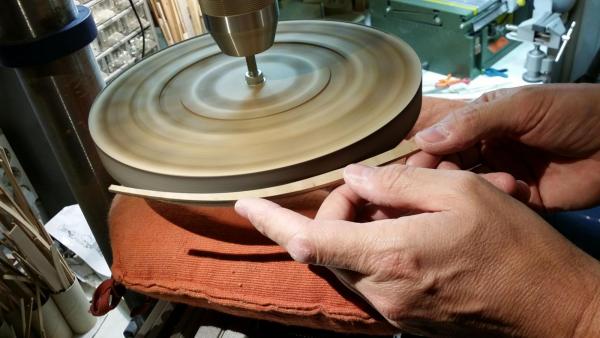

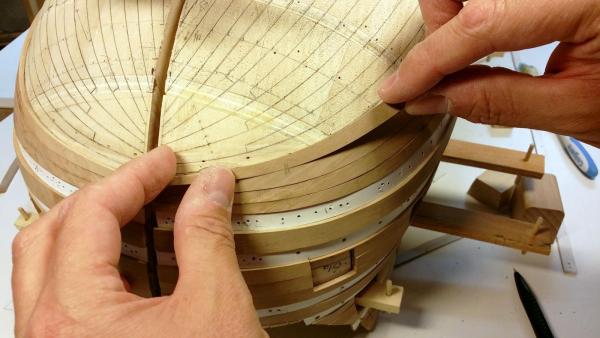
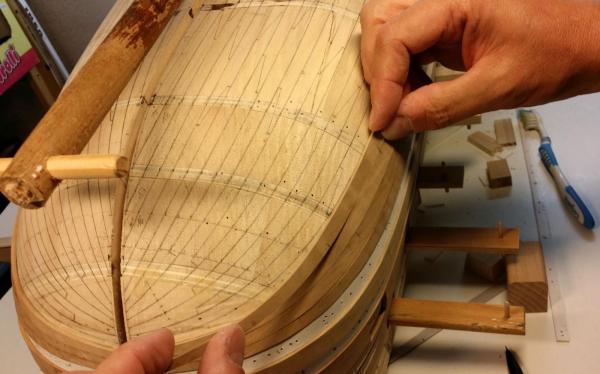
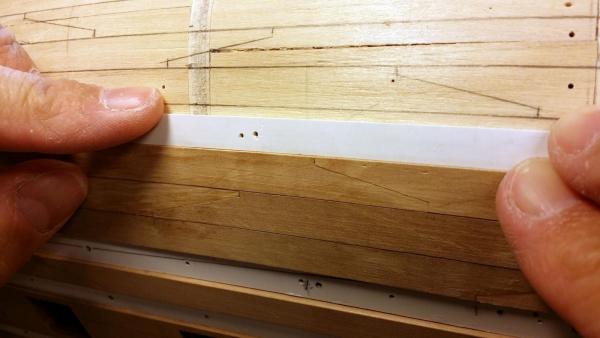
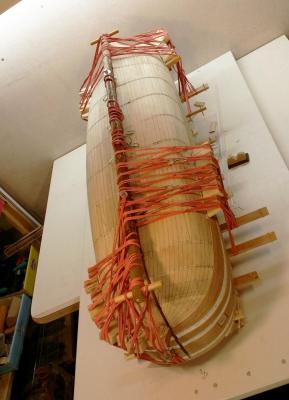
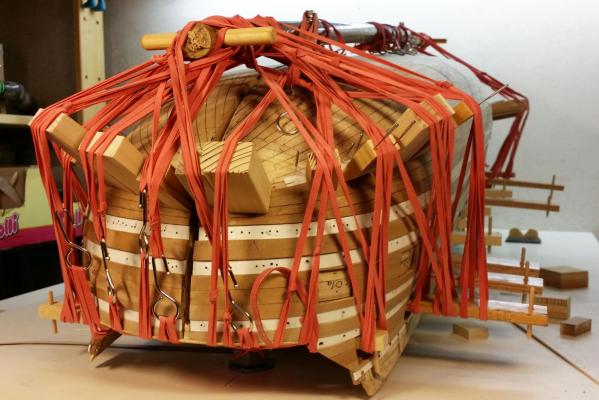
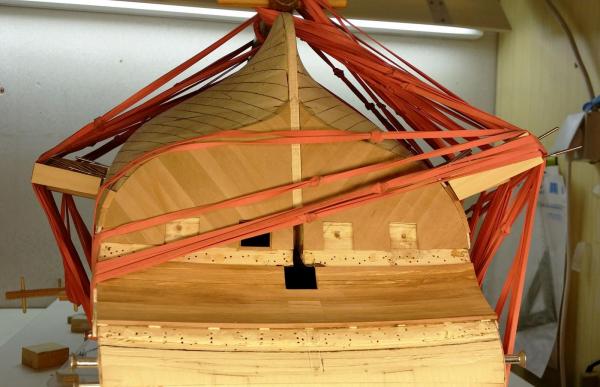
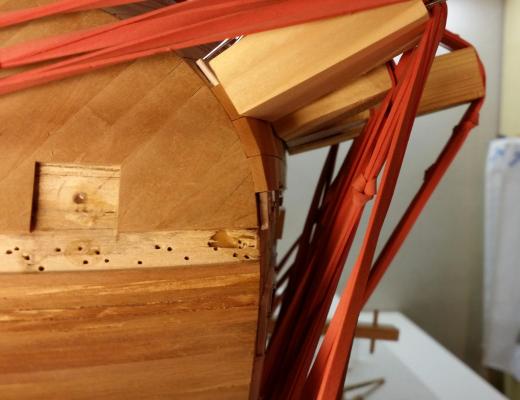
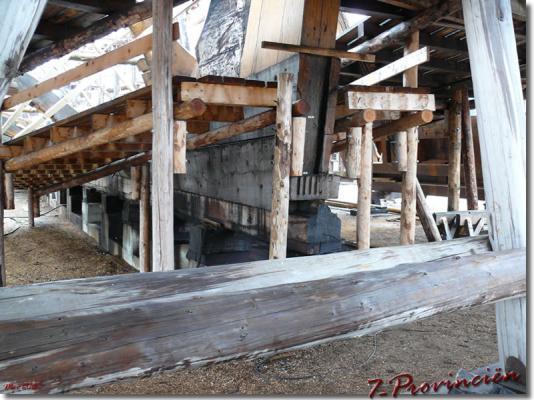

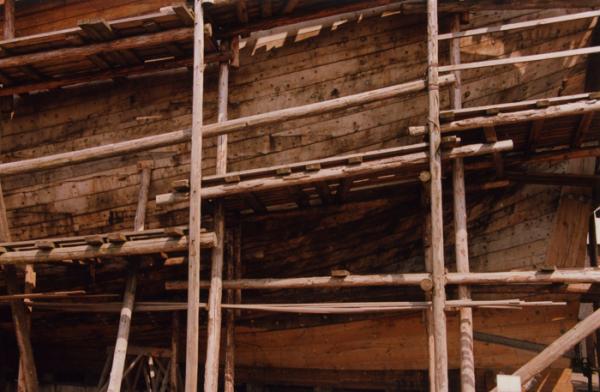

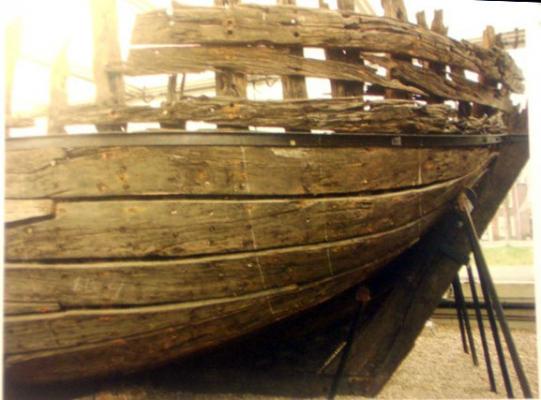
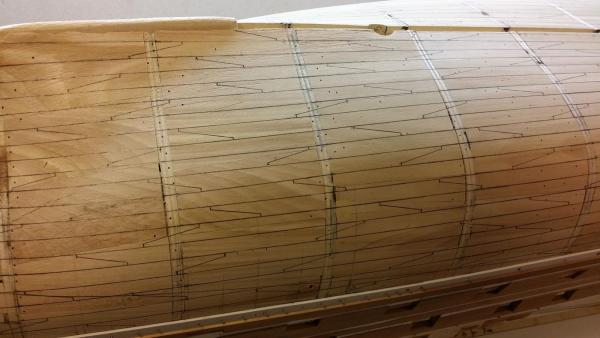
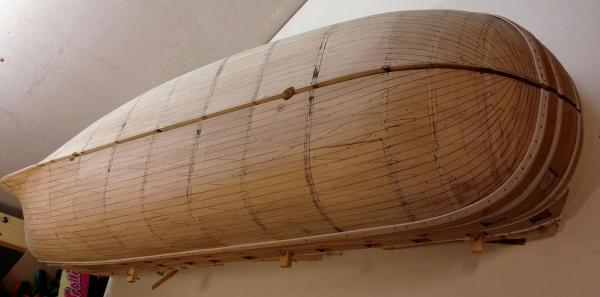
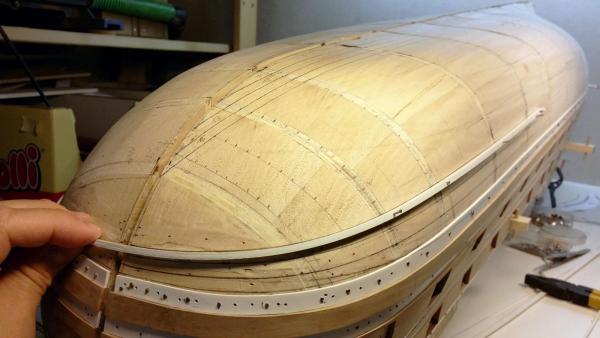
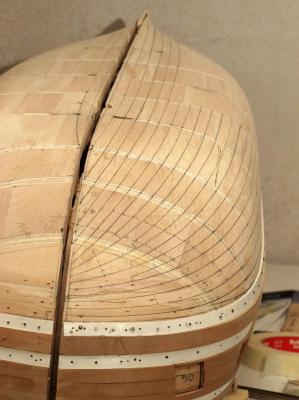
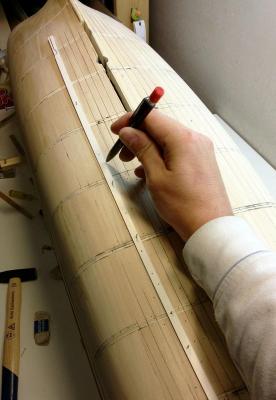
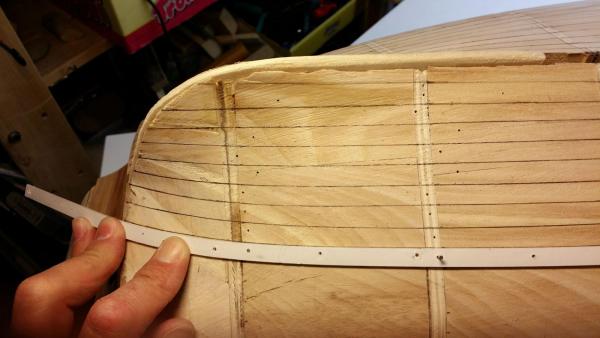
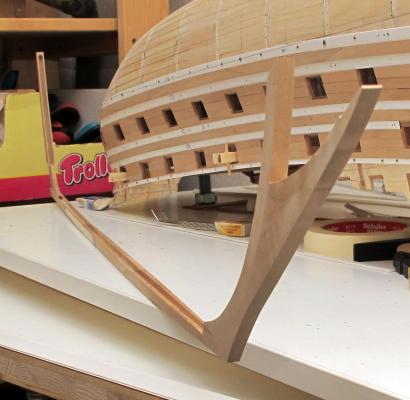
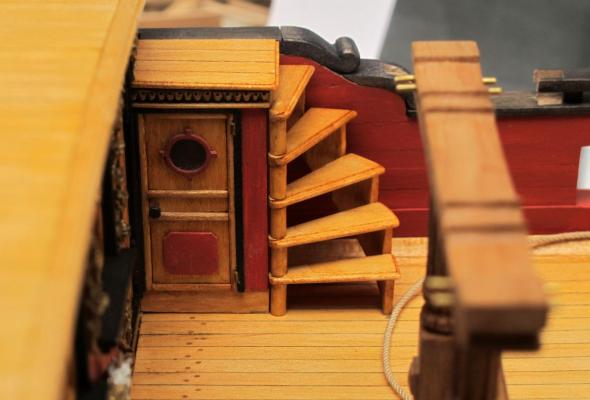
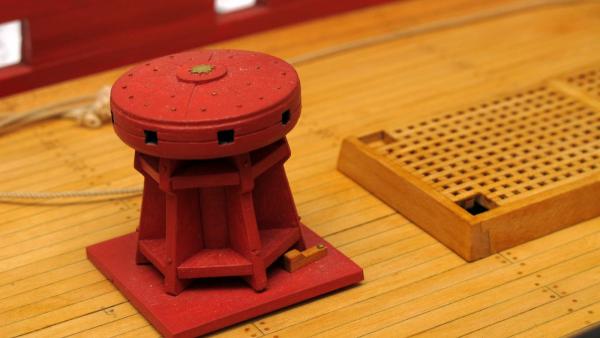
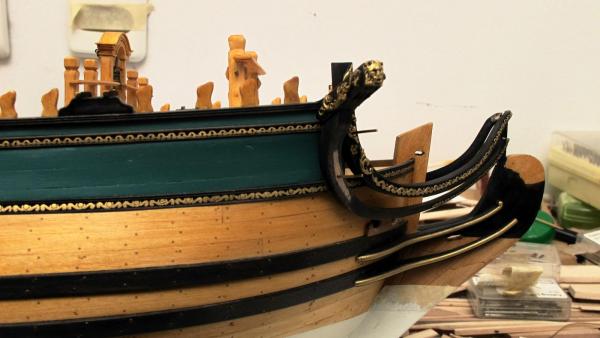
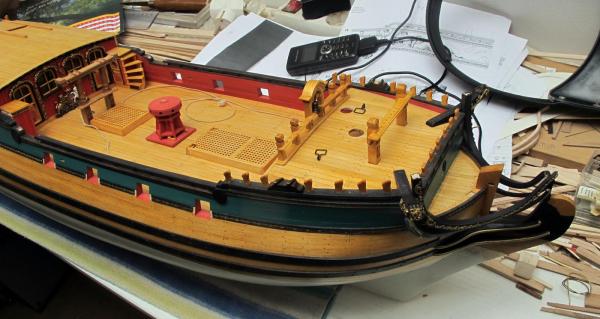
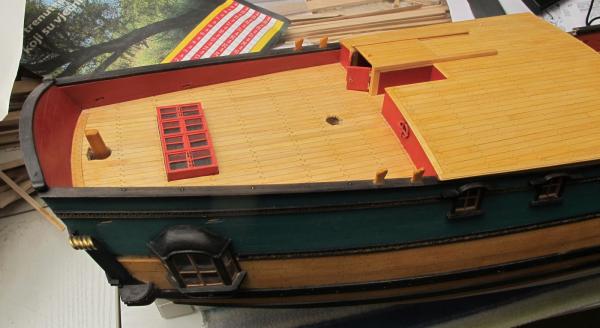
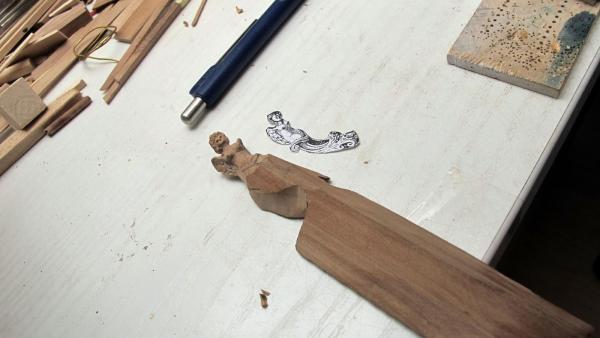
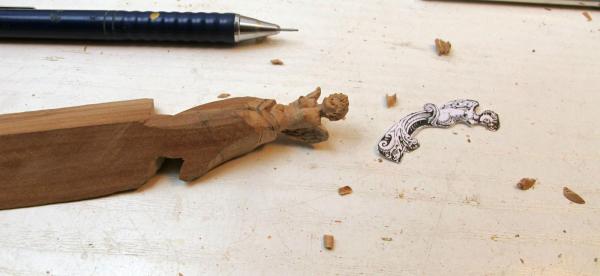
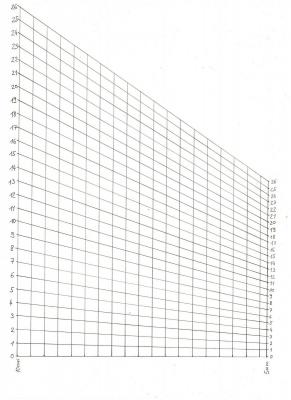
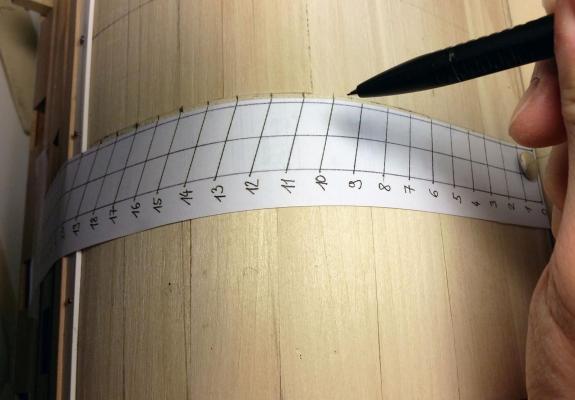
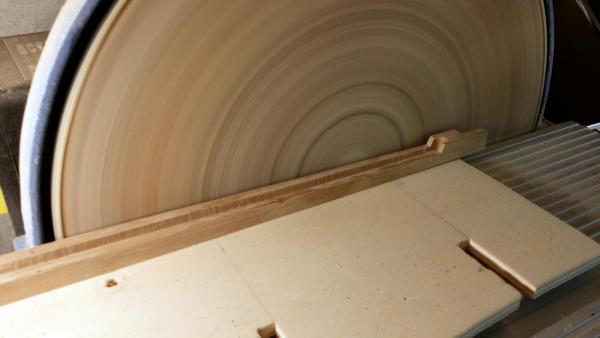
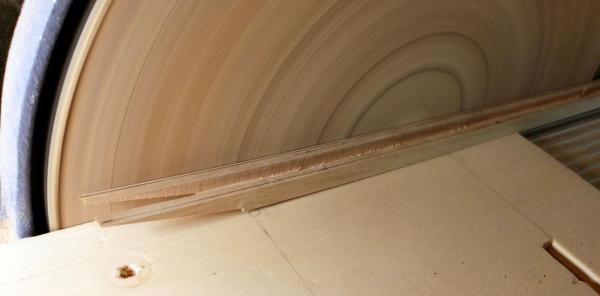
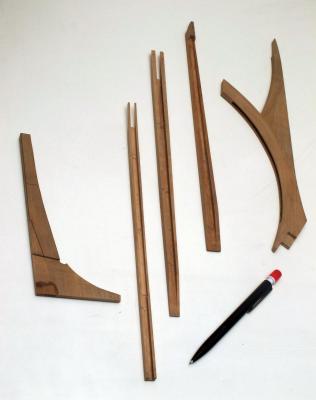

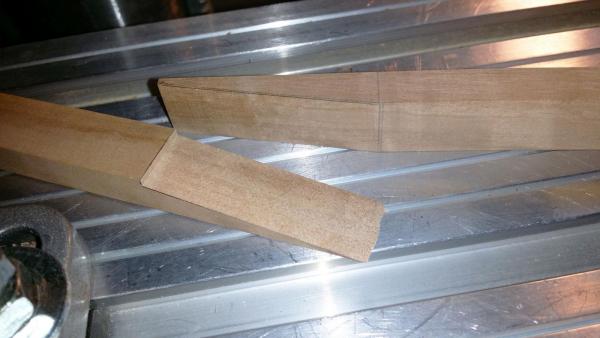
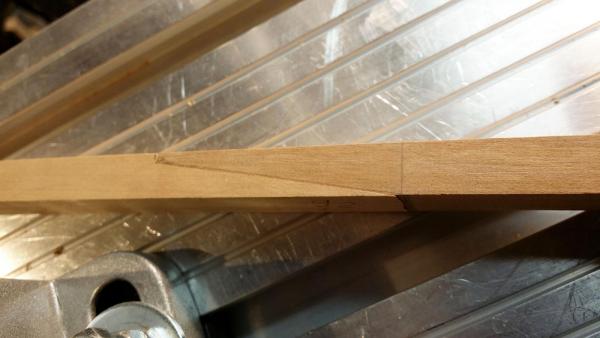
De Zeven Provinciën 1665 by Dražen - Scale 1:45
in - Build logs for subjects built 1501 - 1750
Posted
... and so on...
Drazen